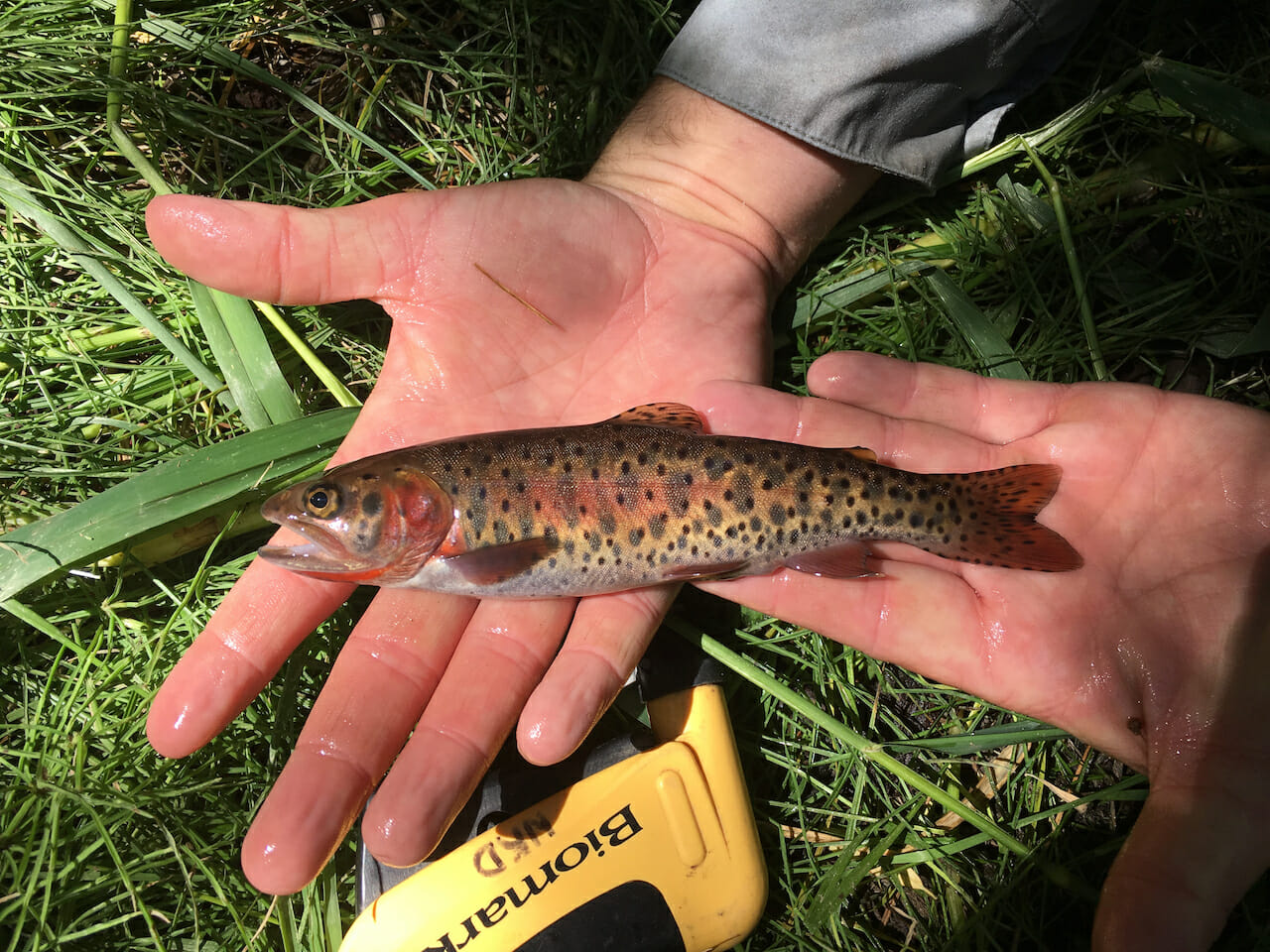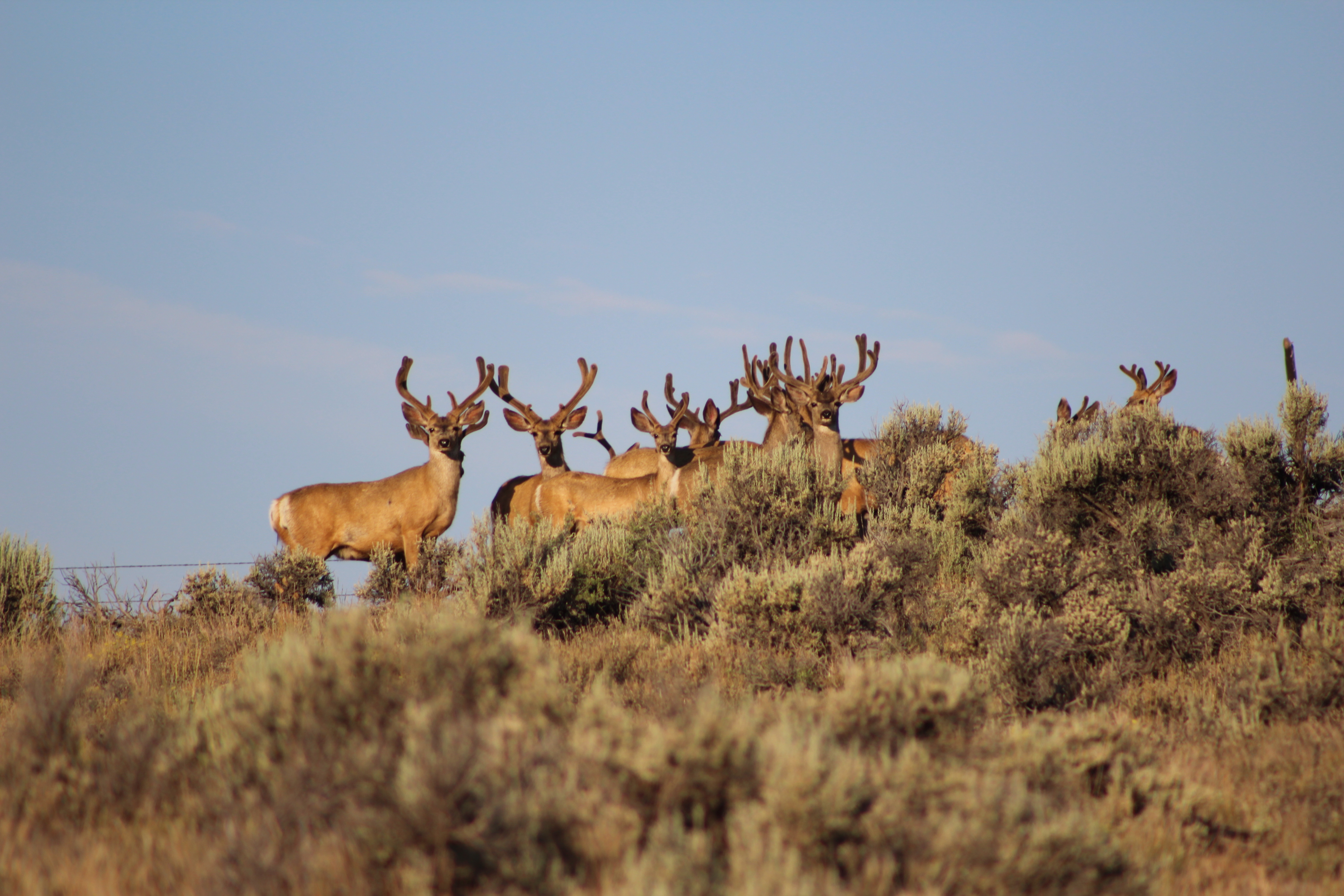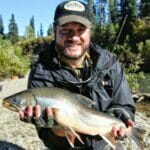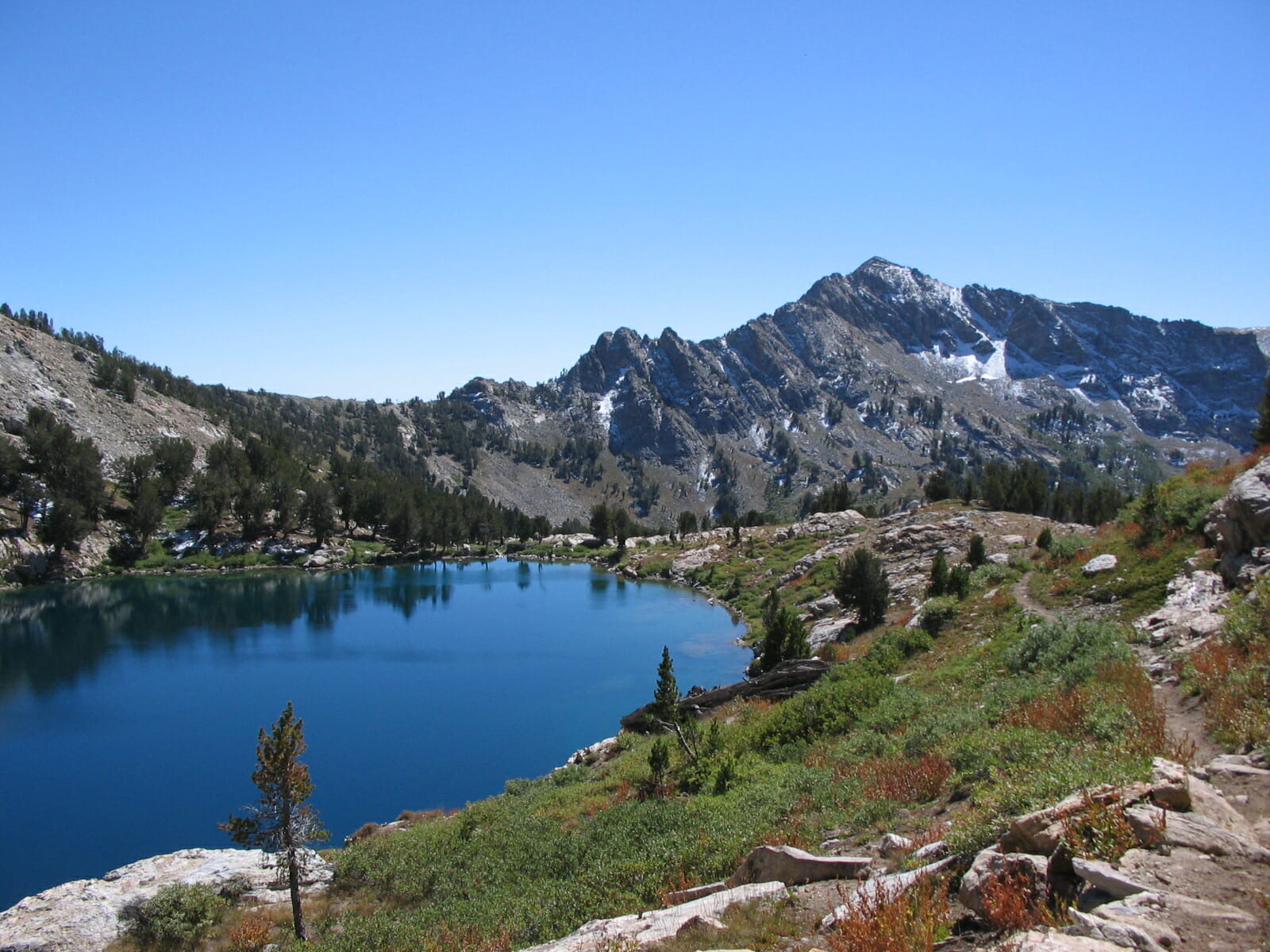The Ruby Mountains are an important refuge for wildlife in Nevada. The U.S Geological Survey has classified the area as having very low-to-no energy potential. Trout Unlimited photo.
By Pam Harrington
Special places bring people together.
People with fond memories of hunting, fishing, birding, hiking and those with ancestral roots to the Ruby Mountains recently gathered in the northeastern Nevada town of Elko to learn more about an “expression of interest” to drill for oil and gas in 53,000 acres of the storied mountain range.
The meeting was offered by Trout Unlimited and the National Wildlife Federation to gather interested parties in the same room. Tribal leaders of the Te-Moak Tribe were in attendance as were staffers from the offices of Senator Catherine Cortez Masto, Senator Jacky Rosen and Congressman Mark Amodei.
Missing from the historic Dalling Hall that evening was the U.S. Forest Service, which will make the decision to allow or not allow the drilling. Forest Service officials were missing, of course, because of the federal government shutdown.
The Ruby Mountains, sometimes called the Swiss Alps of Nevada, serve as a majestic backdrop to the town of Elko. The largest mule deer herd in Nevada calls the Rubies home and the range plays a role in the longest wildlife migratory corridor in the state.
Many people don’t realize the state fish of Nevada, the Lahontan cutthroat trout, also resides in the streams of the Ruby Mountains. Many more don’t know our state fish has a dubious classification as “threatened”. The clean, cold streams of the Rubies offer a stronghold for these trout.

The Ruby Mountains remain a stronghold for Lahontan cutthroat trout, the state fish of Nevada. Trout Unlimited photo.
Visitors to the Silver State often include the Ruby Mountains and the 12-mile drive on the Lamoille Canyon Scenic Byway as one of the “must do” places to see in Nevada. The canyon was wracked by a wildfire in 2018, but rehabilitation efforts are underway to restore the landscape.
Nevadans understand resource extraction plays an important role in our state economy and providing jobs for our residents. The U.S. Geological Survey classifies the Ruby Mountains as having very low-to-no energy potential. Expressions of interest to drill for oil and gas are foreign – even more so than the exotic Himalayan Snowcock found on the Rubies.

Mule deer are just one of many species found in the Ruby Mountains. Trout Unlimited photo.
So, we stand together. All that love the Ruby Mountains. We stand together with and for the Te-Moak people. We stand together for the mule deer and the Lahontan cutthroat. Some places should be protected.
We should not jeopardize a critical mule deer migratory corridor with drilling rigs. Lahontan cutthroat are already threatened and should not face contaminated water or dewatering in such an important place.
Pam Harrington is the Nevada Field Director for Trout Unlimited’s Sportsmens Conservation Project. You can reach her at pharrington@tu.org with questions about the Ruby Mountains and other Nevada topics.



